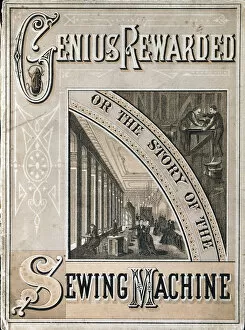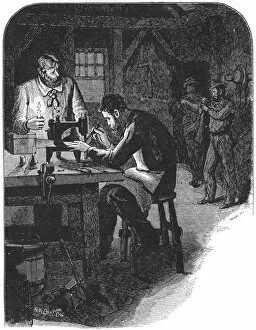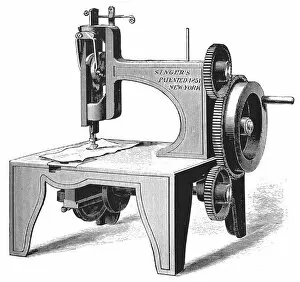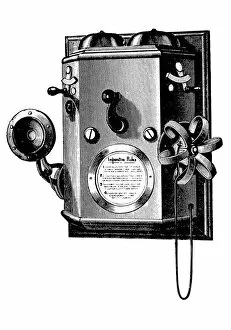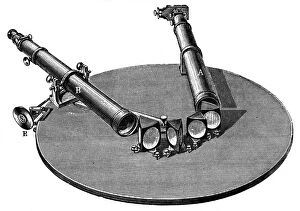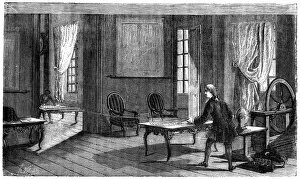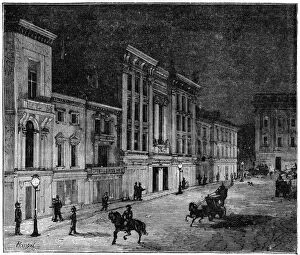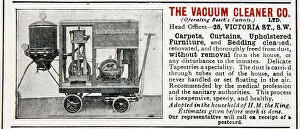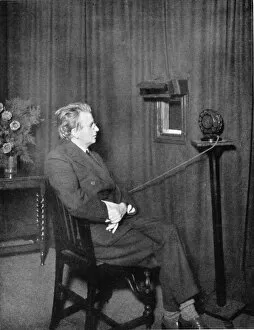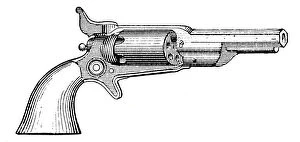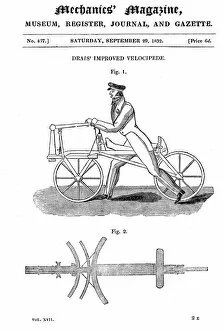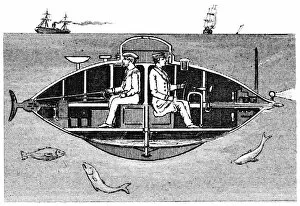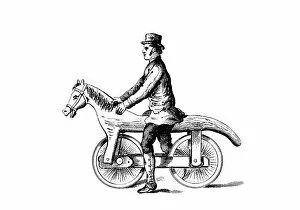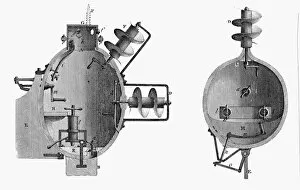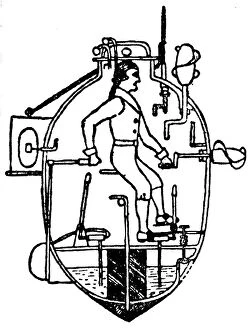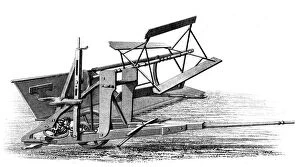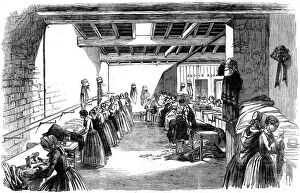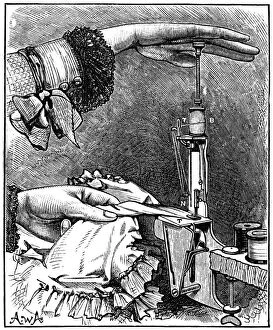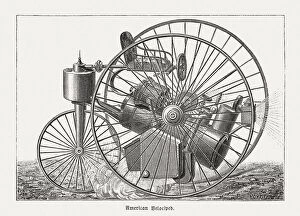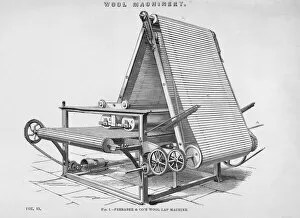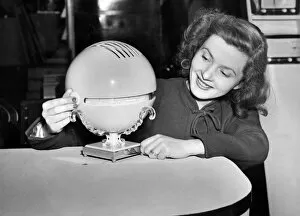Invention Collection (#90)
"Invention: A Journey Through Time and Imagination" Step into the whimsical world of William Heath Robinson
For sale as Licensed Images
Choose your image, Select your licence and Download the media
"Invention: A Journey Through Time and Imagination" Step into the whimsical world of William Heath Robinson, a mastermind artist who brought fantastical contraptions to life through his intricate illustrations. From his famous "Heath Robinson automated Dining Room without servants" to the peculiar "Pea Apparatus, " each creation is a testament to human ingenuity and creativity. Innovation knows no bounds, as showcased in Robinson's masterpiece, "Ultra-Marine. " This mind-boggling invention transports us underwater, revealing an enchanting realm where imagination reigns supreme. It reminds us that they are not limited by reality but can transcend it entirely. Travel back in time with the revolutionary Gutenberg printing press of the 1450s. This groundbreaking invention revolutionized communication forever, paving the way for knowledge dissemination on an unprecedented scale. The power of words became accessible to all—a true turning point in history. As we marvel at these extraordinary creations, let us not forget those that were met with skepticism or rejection. Like "Rejected by the inventions board, " which serves as a reminder that even geniuses face setbacks along their journey towards progress. Sometimes it takes persistence and unwavering belief for brilliance to be recognized. The first Ferris wheel at Chicago World's Fair in 1893 stands tall as a symbol of innovation and entertainment. Its towering structure offered breathtaking views while captivating hearts worldwide—an iconic invention that continues to inspire awe today. Transportation leaps forward with Crewe Station's grand opening on July 4th, 1837—the birthplace of railway travel excellence. This engineering feat connected people like never before, shrinking distances and fostering new opportunities across nations—a testament to mankind's ability to conquer vast landscapes through sheer determination. From ancient times comes the arquebusse—its use marking a pivotal moment in warfare technology during the 16th century.

